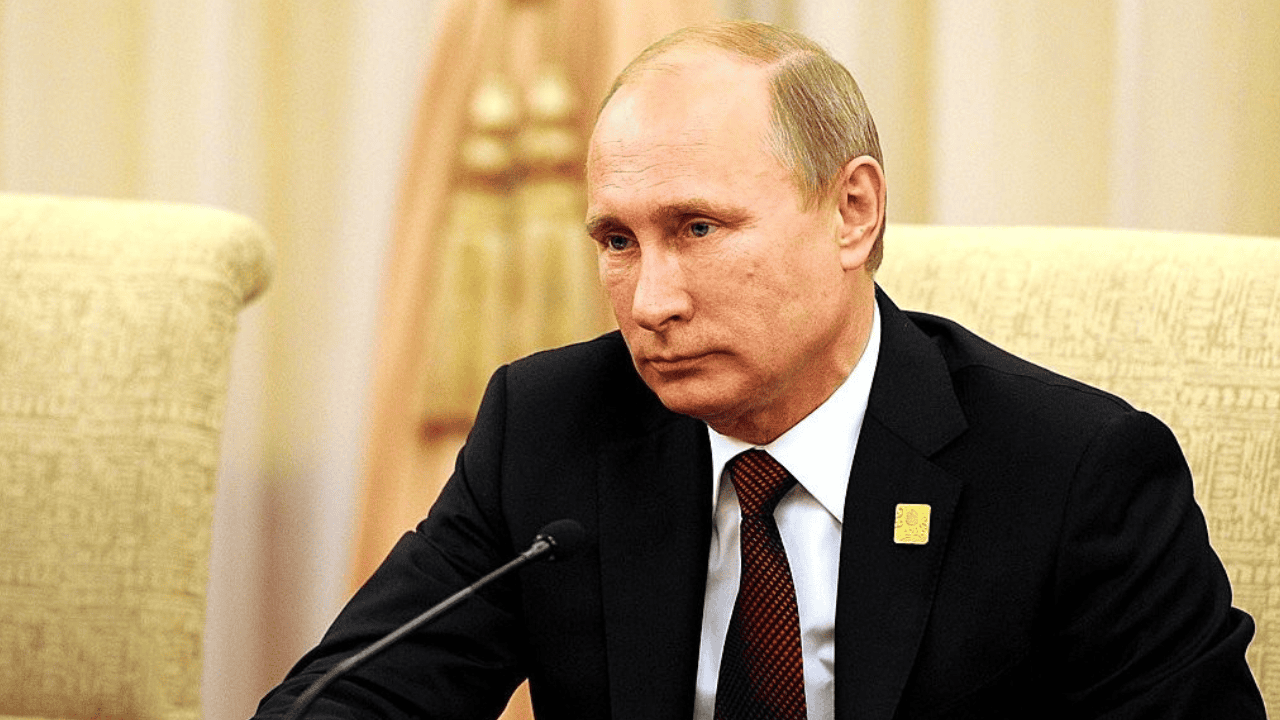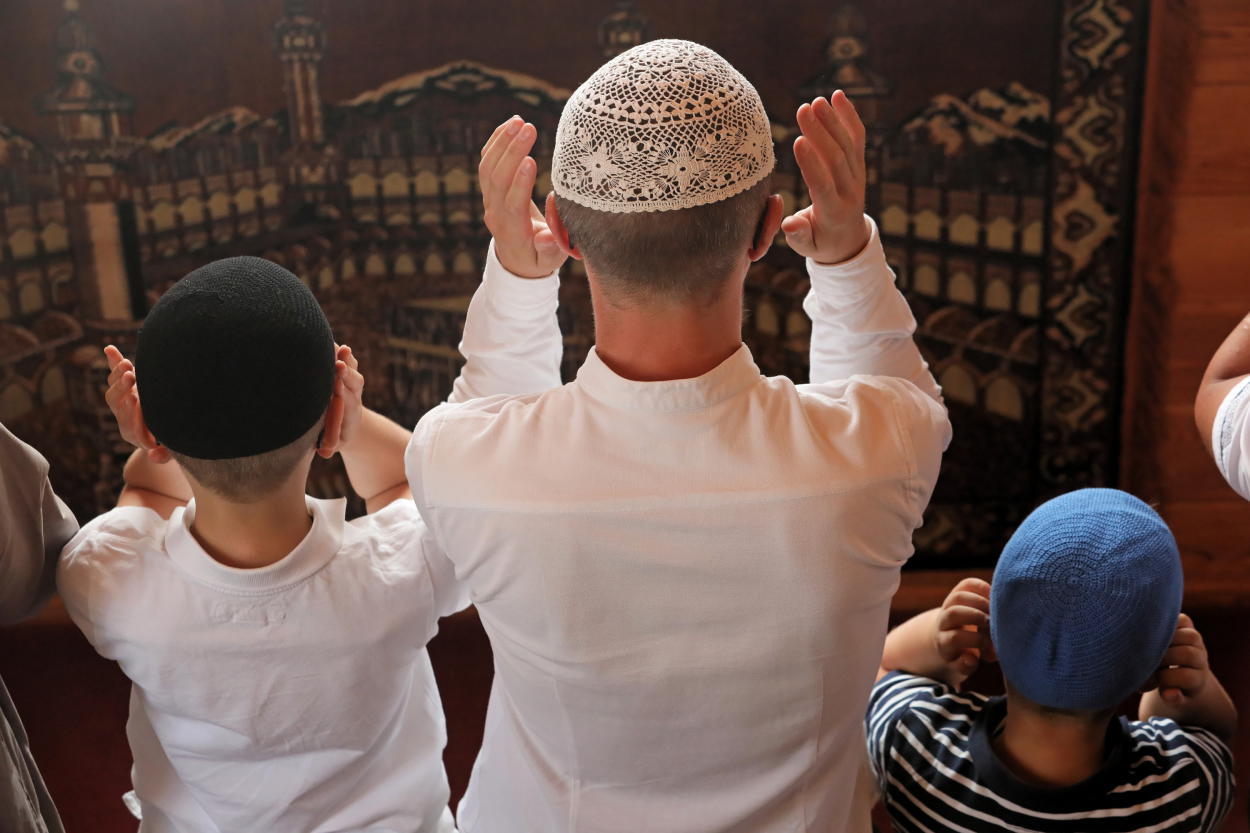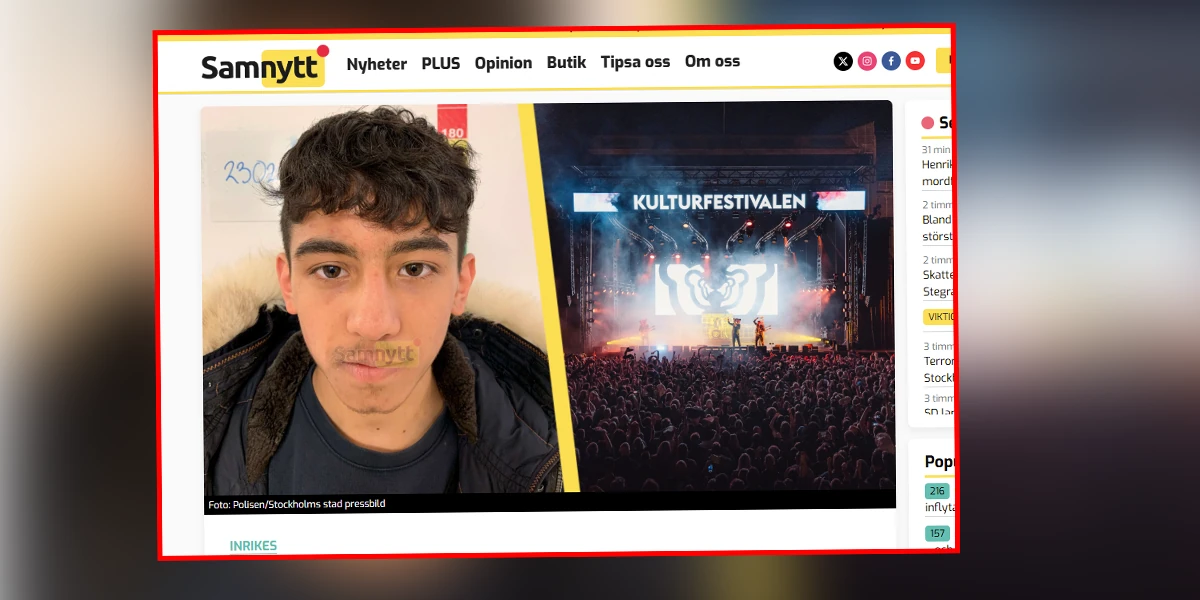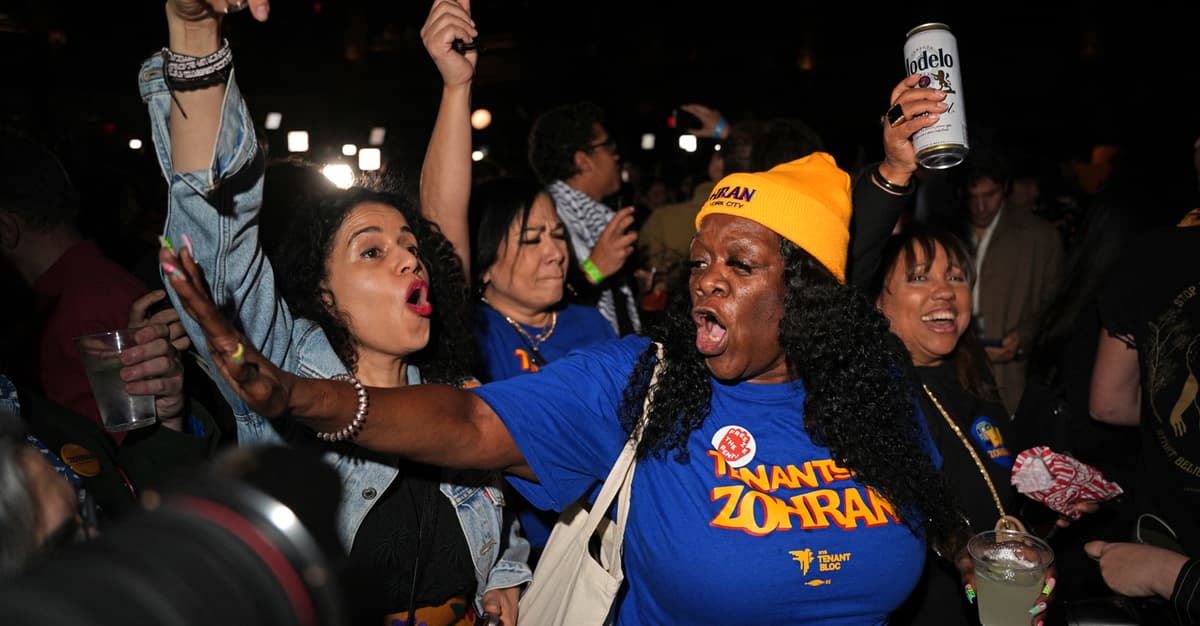“Transport is simply a crucial barrier. Or alternatively its absence,” says Maria Hlod.
“Several villages in the community are very remote, and there are no regular buses or alternate means of transportation,” she adds.
Hlod is simply a regional coordinator for the National Assembly of People with Disabilities of Ukraine. Originally from Kherson, she fled west after Russia’s full-scale invasion in 2022. Now she works in Torchyn, north-western Ukraine, helping displaced people with disabilities navigate the maze of bureaucracy and survival. Her work is part of the Empower Ukraine, a wider network of solidarity reaching into the country, implemented with support from the Christian Blind Mission and backing from the German national abroad Office.
“Some people have been surviving in temporary accommodation for years,” she says. “They inactive don’t know how to access support, and they frequently can’t even get to the nearest office. global backing is what allows us to aid them the most.”
In Torchyn, a tiny town surrounded by farmland, Hlod spends most of her week making telephone calls and collecting data for the Assembly. Her function is not just administrative.
“Sometimes it’s as simple as helping individual scope a infirmary or get appropriate documentation that can make a difference — due to the fact that any people are not even provided with that,” she explains. The job, she adds, is not about charity, but more about persistence: uncovering transport, confirming medical records, and making certain people are not forgotten.
Counting those displaced and in request
Across the country, that quiet persistence keeps tens of thousands of Ukrainians afloat. Before the full-scale war, Ukraine officially recorded around 2.7 million people with disabilities — about six per cent of the population. That figure, drawn from pre-war data, is now hopelessly outdated. The fighting has left tens of thousands injured, displaced, or cut off from medical care. Nobody knows how many now live with permanent disability or limited mobility.
In Ukraine’s agrarian communities, especially those far from major cities, accessibility remains minimal. Pavements are uneven, clinics are frequently upstairs, and public transport is scarce. Even before 2022, Ukraine lagged behind European standards on inclusive infrastructure. The Russian war has pushed the issue even further down the agenda.
“There’s limited transport, and with Russia attacking Ukraine’s energy grid, there’s besides no reliable electricity — that’s the reality,” says Hlod. “People with disabilities are frequently the last ones to receive any help.”
Five 100 kilometres east, in the Poltava region, Nataliya Pruhlo faces akin problems. She arrived in the town of Opishnya after fleeing from east Ukraine and now works as the local coordinator for the National Assembly of People with Disabilities in her tiny community.
“I had no thought this is where I’d end up,” she says. “As a individual with a disability myself, I am happy to advocate for change, but it’s not easy.”
Pruhlo coordinates volunteers, helps distribute mobility aids, and assists displaced families with paperwork. Her office occupies 2 tiny rooms in a community centre, with the walls lined with wheelchairs and walking frames.
“Some people who came from the east haven’t left their homes in months,” she says. “It’s not about fear. It’s about logistics. There’s no accessible transport, no easy way to travel.”
She gestures toward a list of names she is working with.
“This 1 needs a fresh prosthesis. That 1 is inactive waiting for a ramp outside her building,” she explains. “You solve 1 thing, and 3 fresh problems appear.”
The situation exposes the limits of Ukraine’s disability system, which inactive relies heavy on in-person medical commissions and paperwork issued by regional authorities. For displaced people, those papers frequently stay in occupied or destroyed towns. Without them, they cannot renew disability position or access benefits.
“You can’t get a pension or medical aid without papers, and you can’t get papers without travel,” Hlod says. “That’s the loop. Now, there are digital options, or ways to get your papers in the fresh localities, but it’s hard for people with low digital skills or mobility issues.”
Both Hlod and Pruhlo work through tiny grants and donations, connecting with another coordinators by phone. Their networks – specified as the European Disability Forum – supply everything from crutches and orthopedic mattresses to tiny folding ramps built by volunteers.
“We sometimes store the equipment in people’s garages or schools,” Pruhlo says. “It’s improvised, but it works.”
Despite the hardships, the 2 women see their work as part of Ukraine’s broader recovery. Since applying for EU membership, Kyiv has pledged to align with the UN Convention on the Rights of Persons with Disabilities and the EU’s accessibility standards. In theory, this means barrier-free plan in fresh housing, transport, and public buildings. In practice, advancement is slow.
“Paperwork moves faster than construction,” Hlod says. “We inactive have clinics where you can’t even enter with a wheelchair.”
Inclusive reconstruction?
The Ukrainian authorities have announced “barrier-free reconstruction” as a guiding rule of rebuilding, but local activists say they are inactive waiting for visible results. The challenge is not only physical — it is besides bureaucratic. Many displaced people stay outside authoritative registries and receive no benefits at all.
“There’s no unified database,” says Pruhlo. “Each region has its own procedures. Everything depends on individual effort due to these inconsistent procedures.”
The numbers item the gap. According to the National Assembly, thousands of internally displaced persons with disabilities are surviving in makeshift shelters or rented housing without adapted bathrooms or heating. Many trust on volunteers for food, medical care, and mobility devices. A 2024 study from the Ministry of Social Policy acknowledged “systemic barriers” in providing services for people with disabilities during the war — especially in agrarian areas — and promised digital solutions. But online registration requires unchangeable internet, which is frequently unavailable.
“Everything assumes connectivity,” says Hlod. “When the power goes out, we go back to paper forms.”
Both women have learned to manage expectations. In Opishnya, Pruhlo recalls a tiny victory: volunteers raised money to lay 40 metres of concrete way between 2 houses where wheelchair users live.
“Now they can visit each other,” she says with a smile. “That’s progress, even if it’s not visible on a national scale.”
Hlod tells a akin story. 1 of her clients, a female displaced from Kherson, had been incapable to travel to the regional infirmary for months due to the fact that the bus halt was besides far and the road besides uneven. A local volunteer offered weekly rides, and yet the female received a folding wheelchair through the Assembly’s network.
“She told me it changed her life,” says Hlod. “But the fact is, it shouldn’t take this much effort for basic mobility.”
The National Assembly has been lobbying the government to guarantee that reconstruction funds include mandatory accessibility standards. The organization, which works closely with the UN improvement Programme and European partners, argues that inclusion must be treated as a national safety issue — due to the fact that resilience depends on everyone’s ability to participate.
Their advocacy, through Empower Ukraine, besides targets a broader audience — urging European donors and institutions to guarantee that humanitarian aid is disability-inclusive, and that backing aligns with global standards and accountability mechanisms. 1 of the task goals is to go beyond short-term relief, and work to change how aid systems include persons with disabilities throughout their policy and programming.
“If people with disabilities are excluded from rebuilding, we lose part of the workforce, part of the community, part of the future,” Hlod says.
The scale of reconstruction ahead is enormous: by any estimates, more than 200,000 residential buildings have been damaged or destroyed since 2022. For advocates like Pruhlo, the chance lies in rebuilding differently.
“We gotta plan accessibility from the beginning,” she says. “It’s cheaper and smarter than trying to fix it later.”
Yet for now, most advancement remains local — improvised, underfunded, and dependent on determination.
“There’s quite a few talk about the future,” Pruhlo says. “But our occupation is to make certain people last the present.”
In Torchyn, as the winter approaches, Hlod locks up her office, her notebook full of names, telephone numbers, and addresses. next day she will start again, calling mayors, tracking deliveries, and arranging rides.
“It’s not heroic work,” she says. “It’s just the basics. But the basics are what people request most.”
Anna Romandash is an award-winning writer from Ukraine and an author of Women of Ukraine: Reportages from the War and Beyond (2023).
New east Europe is simply a reader supported publication. delight support us and aid us scope our goal of $10,000! We are nearly there. Donate by clicking on the button below.
















